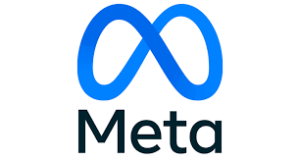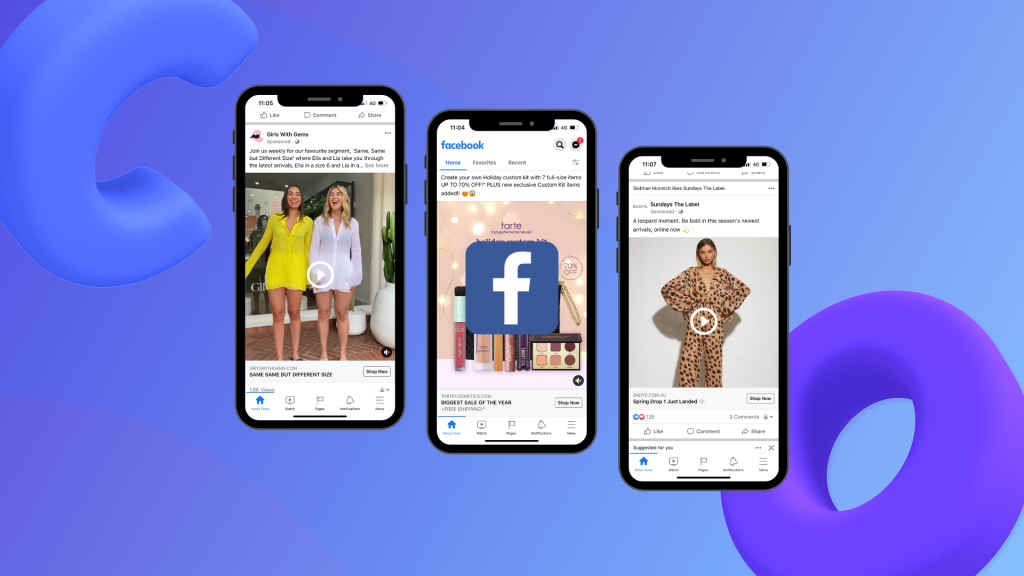Latests Posts Industry insights and trending news
What is Meta? Meta, is a company that has redefined the way we connect, communicate, and consume content. Meta, previously known as Facebook, has expanded its horizons beyond the conventional realms of social networking and now offers a multitude of services under its umbrella. One of the standout components of this transformation is Meta Ads… Read More »
YouTube is not only a platform for sharing videos but also a powerful advertising tool that allows businesses to reach a global audience in creative and engaging ways. Understanding the various YouTube ad formats is crucial for creating successful ad campaigns that resonate with your target audience. In this comprehensive guide, we will explore… Read More »
Boost Your Business: 10 Quick Social Media Tips for Tradies
Quick Social Media Tips for Tradies In this modern world, social media has become more than just a way to connect; it’s a powerful tool that can transform businesses and careers. For tradies, harnessing the potential of social media marketing is a game-changer. It means to showcase their craftsmanship, engage with clients, and take their… Read More »
Boost Your Business: 10 Quick Social Media Tips for Tradies
Quick Social Media Tips for Tradies In this modern world, social media has become more than just a way to connect; it’s a powerful tool that can transform businesses and careers. For tradies, harnessing the potential of social media marketing is a game-changer. It means to showcase their craftsmanship, engage with clients, and take their… Read More »
Top Five SEO Influencers in 2023
As businesses strive to enhance their digital presence and climb the ranks of search engine results, the guidance and expertise of SEO influencers have become invaluable. In this article, we delve into the realm of online marketing to present you with a curated list of the top five SEO influencers who are shaping the way… Read More »
Instagram vs. TikTok: Which Platform Is Right for Your Brand?
Social media has become an integral part of any brand’s marketing strategy, and Instagram and TikTok have emerged as two major players in the social media landscape. Both platforms offer unique opportunities to connect with audiences and promote products or services. However, choosing the right platform for your brand requires understanding their differences, target… Read More »
Complete Branding Guide for Tradies | Make Your Brand Professional
Understanding Branding for Tradies: Branding for tradies refers to the strategic process of creating and managing a unique and cohesive identity for businesses and professionals in the skilled trades industry. It goes beyond just designing logos and choosing colors; instead, it involves shaping the perception of the business in the minds of potential and existing… Read More »
Online reputation management for Doctors
Online reputation management for doctors is a crucial aspect of maintaining a positive image and building trust with patients. Read More: Online Marketing Services for Doctors Tasks for Online Reputation Management for Doctors 1. Monitoring Online Presence: Online reputation management begins with monitoring your online presence. This involves regularly monitoring various platforms such as search… Read More »
Video Helps 95% of Sales – Are You Missing Out?
Is there a video ad or commercial that stuck with you so much that you’d never forgotten it even after several years? How about one that turned you into a loyal fan of a particular brand or product for years and years to come? Video Marketing Video marketing is a powerful strategy that involves creating… Read More »
The Ultimate EOFY Checklist For Your Small Business
EOFY Checklist For Your Small Business Unless you’ve been living under a rock, you know the end of the financial year is approaching. That means it’s probably time to get your social media marketing in order. But if you really want the end the financial year on a high note, there are some things you’re… Read More »














